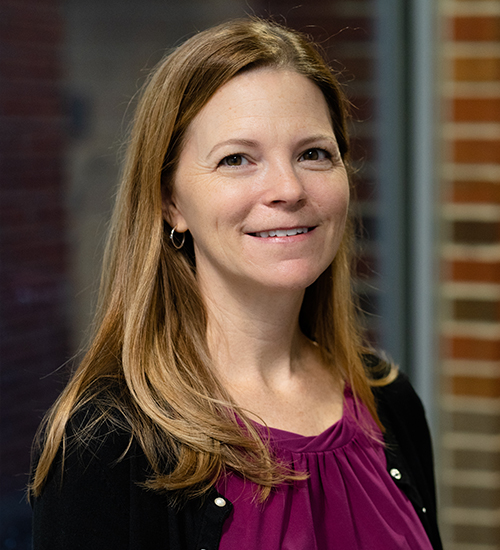Weather is one of the most important factors affecting crop growth and production.
The Florida Automated Weather Network (FAWN), a University of Florida-operated service, was created to assist growers in making decisions related primarily to irrigation scheduling and cold protection.

Currently, the FAWN network operates 42 stations located from Jay to Homestead that record and report every 15 minutes on information like air temperature, wind and rainfall. Some stations are even adding data from newer technologies like soil moisture sensors, with plans to expand these offerings to more locations.
During the recent FAWN virtual showcase, growers, industry members, researchers and Extension gathered to learn about the improvements in FAWN data quality and how users can apply the data.
Kati Migliaccio, a professor at the University of Florida Institute of Food and Agricultural Sciences (UF/IFAS), says FAWN is a great resource for general research applications. Using weather data to complement other observations and having the ability to compare historical averages are just a few ways FAWN is used in research.
“Weather data is very core to what we do at IFAS; its core to natural resources, agriculture and urban systems,” Migliaccio said.
Additionally, data from FAWN is used to make irrigation decisions with SmartIrrigation apps. Growers can use these apps to improve irrigation practices using real-time weather data.
Ryan Atwood of Atwood Family Farms was present at the meeting to provide a personal testimony on how he uses FAWN every day to make decisions at his operation.
“A big part of what I think FAWN’s value to growers is, is the fact that you know you have reliable weather data on a system that’s being maintained regularly,” Atwood said.
Earlier this year, FAWN relaunched its website, making it more efficient for users. FAWN is now accessible through mobile platforms, making it even easier for users to access the same information.
Ashley Robinson, AgNet Media communications intern, wrote this article.









